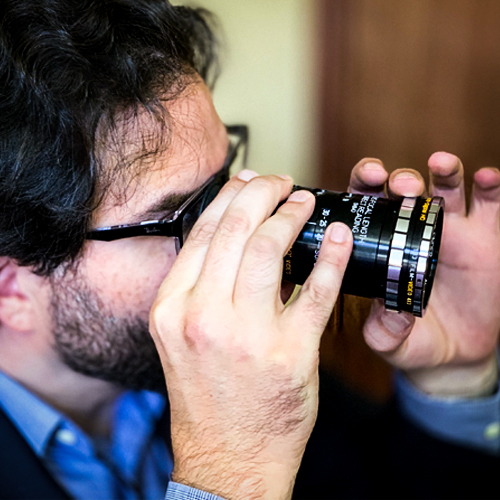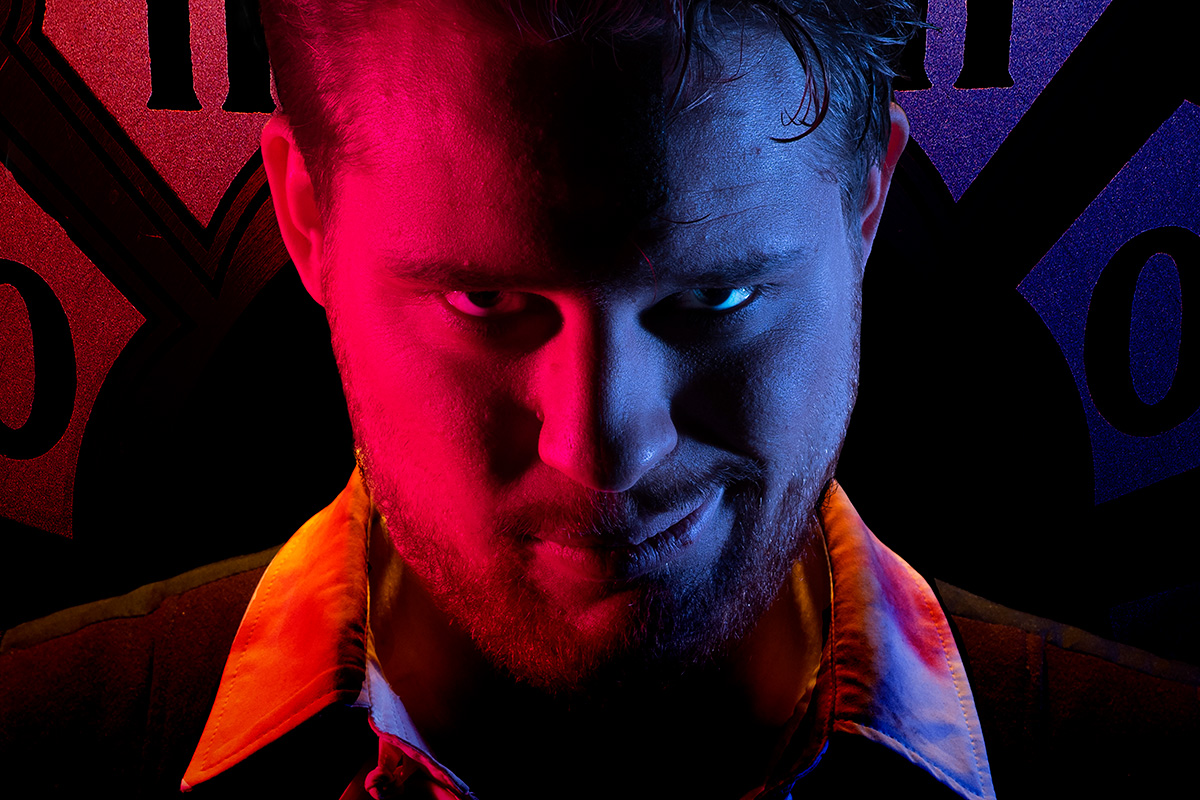
The Tell-Tale Heart – The Film to Introduce Conscious Camera
by John Lindquist
May 14, 2019

The upcoming production for the film The Tell-Tale Heart is generating buzz. Why are so many people excited about participating in an independent short film adaptation of Edgar Allan Poe’s The Tell-Tale Heart? The simple answer is that this isn’t just another use of Poe’s work as a cheap and easy dramatic outline. While this adaptation is a modernization of the classic, it remains steadfast in its commitment to Poe’s story, vision and style—nothing cheap or easy.
The more comprehensive answer why people want to be a part of this production are the director and his script. Director, McClain Lindquist, is the frontrunner in an offshoot of postmodernism in which the camera carries the weight of a character without being an actual character. This stylistic movement, coined “conscious camera”, employs the technique of using the camera as an accomplice in the story while not representing the point of view of an unseen character. What the camera shows, why it shows what it does, and the manner in which it shows actively connects to the story. Differing from subjective camera (or a first-person shot) that shows perspective from a specific psychical character, conscious camera is not a camera shot as stand-in, or neutral observer, or recorder of events. Conscious camera pushes beyond capturing the visual; through awareness of the camera itself, it reflects the emotions and thoughts portrayed in the story.
Lindquist developed the technique and style of conscious camera over a career of music videos and minor projects. As to why he chose The Tell-Tale Heart, Lindquist explained, “The psychological factors from the point of view of Poe’s narrator provide one of the best opportunities to explore [conscious camera].” Lindquist’s choice was both as an artist and a fan. “As a fan, I watched just about every version of The Tell-Tale Heart and while some have been close [to the original story], too many take a shortcut, or wander off in another direction. I wanted a definitive adaptation for modern audiences that stayed true to the short story.”
Which leads us to the screenplay adaptation. “I had these ideas about how I wanted the story told and what it would take to accomplish,” Lindquist shared, “but to get other people on board [making the film] I needed a script that captured my vision and how I would use the camera.” He didn’t have to go far to find a collaborator. “To help [with the script] I needed someone I could trust, and who knows how to write. The guy I chose happens to be my brother, John.”
The script did the trick. As it has made the rounds, industry people have been clamoring to be part of this project. “Camera, sound, music, special effects, artwork, graphics, production crew, studio, and actors,” Lindquist listed some positions filled or have applications under consideration. With production scheduled for Fall 2019, Lindquist has time, and ample interest, to be fastidious in who he chooses to be part of the project and its progressive conscious camera technique.
